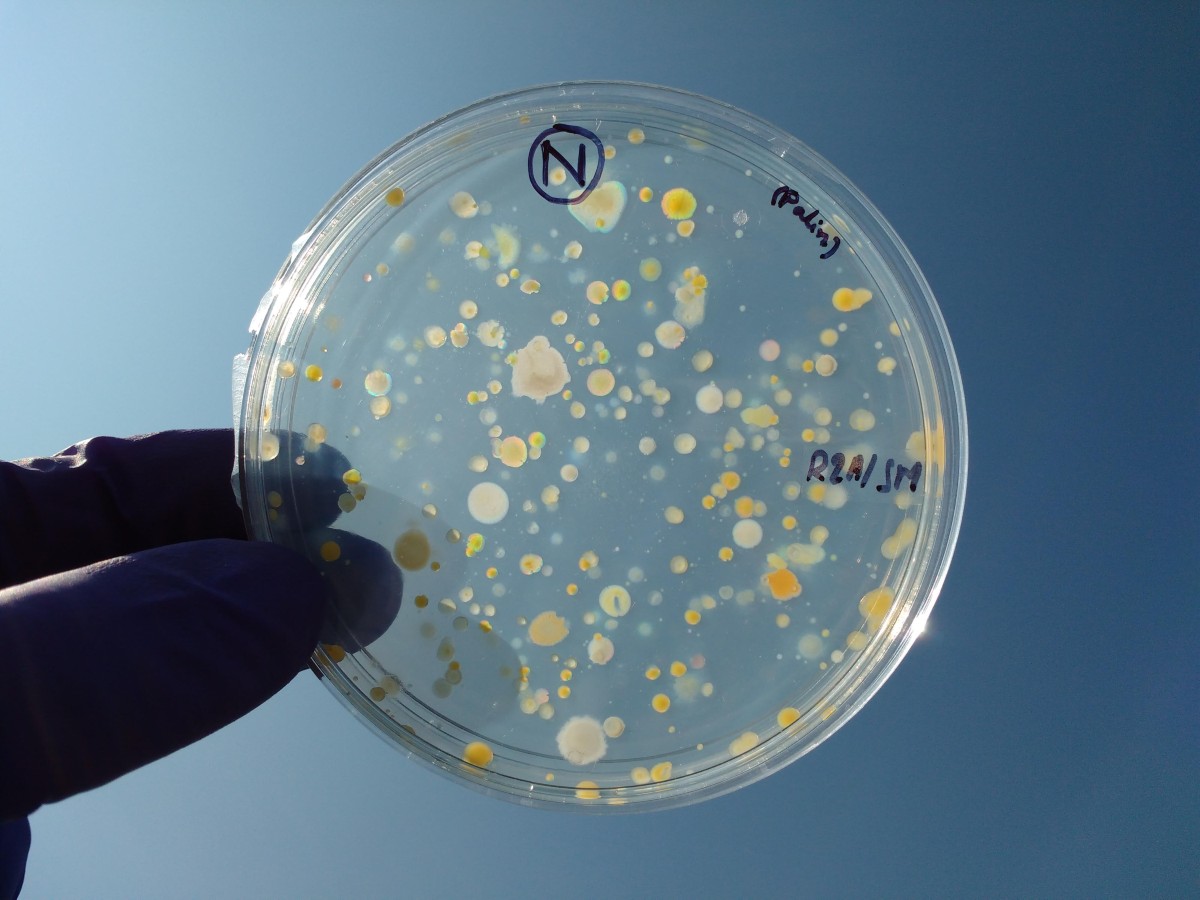
Scientists warn of mirror bacteria risks
- Select a language for the TTS:
- UK English Female
- UK English Male
- US English Female
- US English Male
- Australian Female
- Australian Male
- Language selected: (auto detect) - EN
Play all audios:
Building mirror bacteria composed of molecules that are mirror images of those found in nature is too risky, a group of 38 scientists, including Nobel laureates, has warned. Many in the
working group associated with the Mirror Biology Dialogues Fund had begun work toward creating life forms identical to regular bacteria but with reversed chirality. Drawing from the Tianjin
Biosecurity Guidelines and other frameworks, they now ask the global research community, policymakers, funders, and industry, to join the discussion on mirror lifeforms. Evolutionary
biologist, Deepa Agashe, at the Bengaluru-based National Centre for Biological Sciences, who is part of the working group, says that evolution has fine-tuned biological interactions to
recognise molecules of specific chirality. She warns that a lack of effective predators and parasites means creating mirror bacteria is dangerous. This absence could make mirror bacteria
less likely to die off, posing a risk to ecosystems if unleashed in the wild. Illustrative of the risk are invasive species, such as a fungus that has hitchhiked its way across the world,
including to India, causing 90 amphibian species to become extinct, with significant declines in 500 more in recent decades. “Even if mirror bacteria are weak competitors due to their
potentially low birth rates, their lack of natural predators or parasites would lower their death rate to far below that of native bacteria who are very susceptible to phages and predators,”
she says. Because they are flipped, detection systems that can surveil pathogens because of their natural chirality, won’t work with mirror organisms, Agashe says. While mirror bacteria are
at least a decade away, recent developments suggest that the technology is steadily advancing toward that goal. Scientists can now synthesize complex mirror-image biomolecules, including
kilobase-length nucleic acids and large functional proteins. Their reversed chirality makes them resistant to normal biological degradation, paving the way for long-lasting, nonimmunogenic
therapies. Research is making rapid strides in building synthetic cells (natural chirality) from nonliving parts. Once a method is developed to create natural-chirality bacteria from
synthetic DNA, proteins, and lipids, and flipped versions of these components are synthesized, a living mirror bacterium could be created. Other approaches to creating mirror bacteria are
possible. For example, advances in synthetic biology could enable natural-chirality bacteria to produce mirror proteins and nucleic acids in vivo, providing a basis for gradual conversion
into mirror bacteria. “This is a discussion that needs to include more than just scientists. By going public now, we can begin to discuss how to put appropriate guardrails in place that
would make it very hard for people to create mirror bacteria in the future,” adds Agashe. A soil bacterium evolved to survive the strong disinfectants of NASA’s clean rooms by eating the
very cleaning products that are meant to eliminate it, highlighting that the power of evolution can’t be underestimated, says synthetic biologist, Sangram Bagh, at the Saha Institute of
Nuclear Physics in Kolkata. “Similarly, mirror bacteria could also adapt and thrive if released,” says Bagh, who was not involved in the report, which concludes that many common nutrients
could sustain mirror bacteria, and with proper engineering, additional nutrients could also be made available. Having a back-to-front bacteria around could also jeopardise the efficacy of
existing antibiotics. “Most antibiotics have chiral centre and their effectiveness depends on chirality. It's unclear whether they can kill mirror bacteria,” he says. There are lessons
to be learned from the past, such as the controversies surrounding the genome editing of human embryos, says bioinformatician, Ragothaman Yennamalli, at SASTRA Deemed University in Tamil
Nadu. “We need to have a conversation of ‘what ifs’ early on, lest we are caught unaware. A SARS-like pandemic was predicted almost over a decade ago, but we forgot about it until COVID-19.”
Mirror biomolecules potential therapeutic applications that are worth pursuing. Although mirror bacteria could plausibly help to manufacture them, such molecules can be made through other
means. “However, we do not recommend any new restrictions on research on chemically synthesised mirror peptides and other mirror molecules (for example, non-self-replicating),” says Agashe.